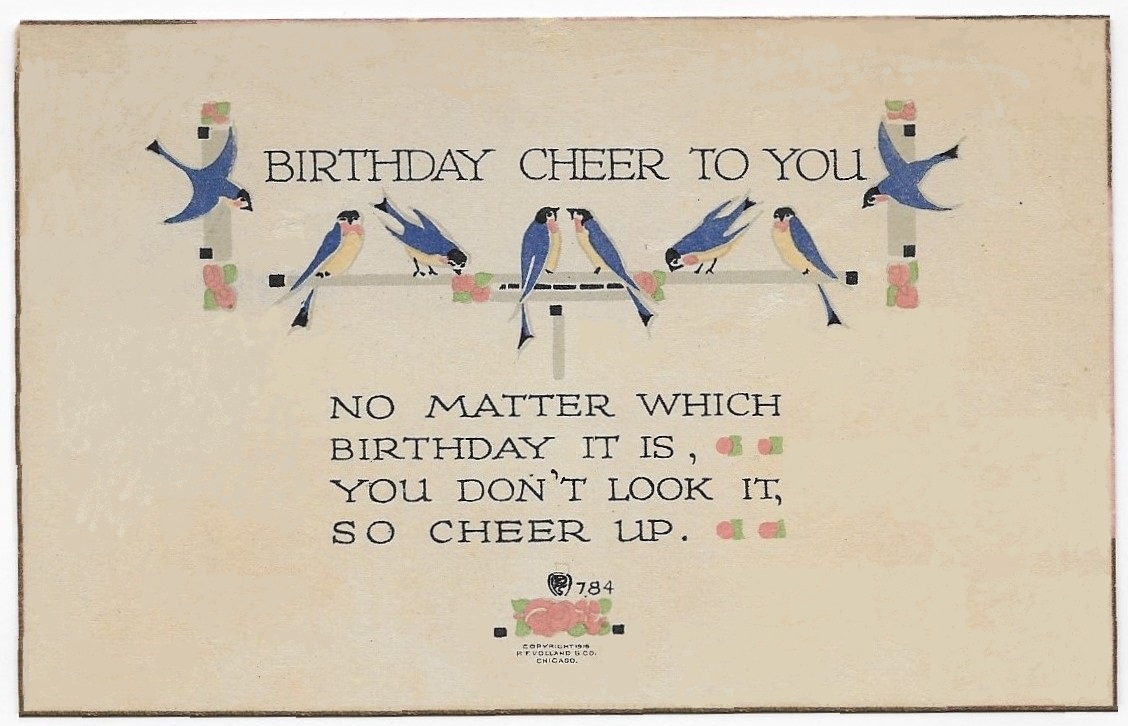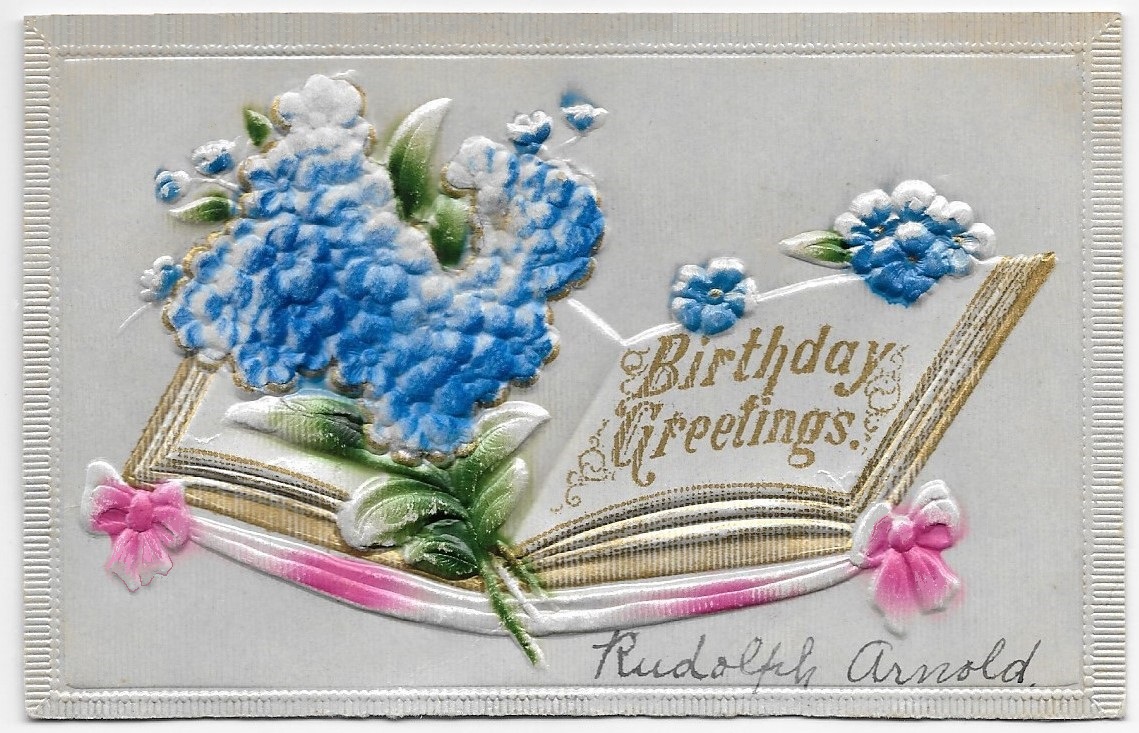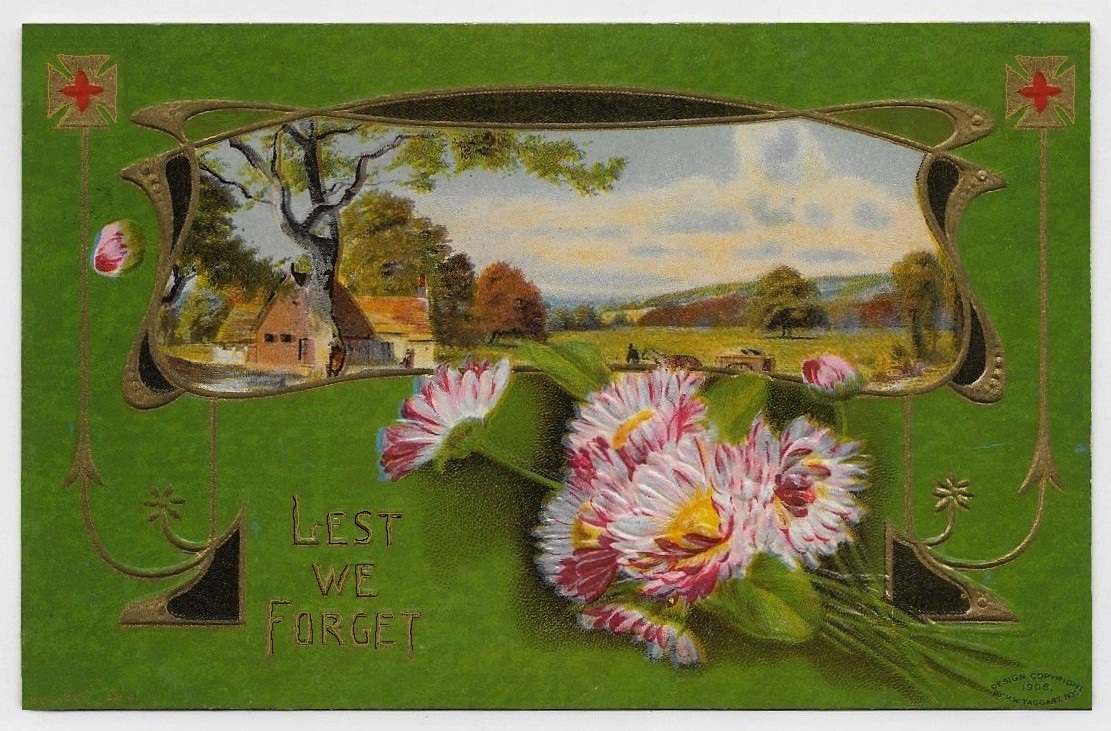A painter and sculptor, G. F. Watts (1817-1904) poses Sir Galahad as a fearless innocent pursuing a tangled path.
A late development within the Arthurian legend, the character of Sir Galahad combines the highest qualities of the true knight- courage, endurance, purity, and devotion.
Some literary historians see the influence of the Cistercians and St. Bernard of Clairvaux (whose feast day was celebrated this week) as informing the idealism of Sir Galahad.
For his perseverance and single-minded intent (which is “purity of heart”), Sir Galahad attains the vision of the Holy Grail.
The career of Watts, steeped in classical literature and embracing every evolution of artistic expression in the long Victorian Age, was influenced by studies in Italy and by intercourse with the Arts and Crafts Movement and by the rich depiction of religious and mythological themes by Rossetti and other Pre-Raphaelites.
(Watts was determinedly not Christian – a reaction to his strict upbringing in a sect; his life-long dream was to create a vast series of paintings to depict the evolution of the ideals and aspirations of all humanity.)
Out of favor in the years following the Great War, Watts’ reputation recovered for periods as his status as a Symbolist was embraced and his later works (which became increasingly abstract), were recognized as early works of Abstract Art.
The original work (1862) is now in the Fogg Gallery of Harvard University.
This postcard reproduction was published by M.T. Sheehan of Boston and mailed from Washington D.C. on December 23 of 1910.
Addressed to Mrs. J. E. Fryberger of Phillipsburg, PA, the postcard bears “love and best wishes for Christmas”.






